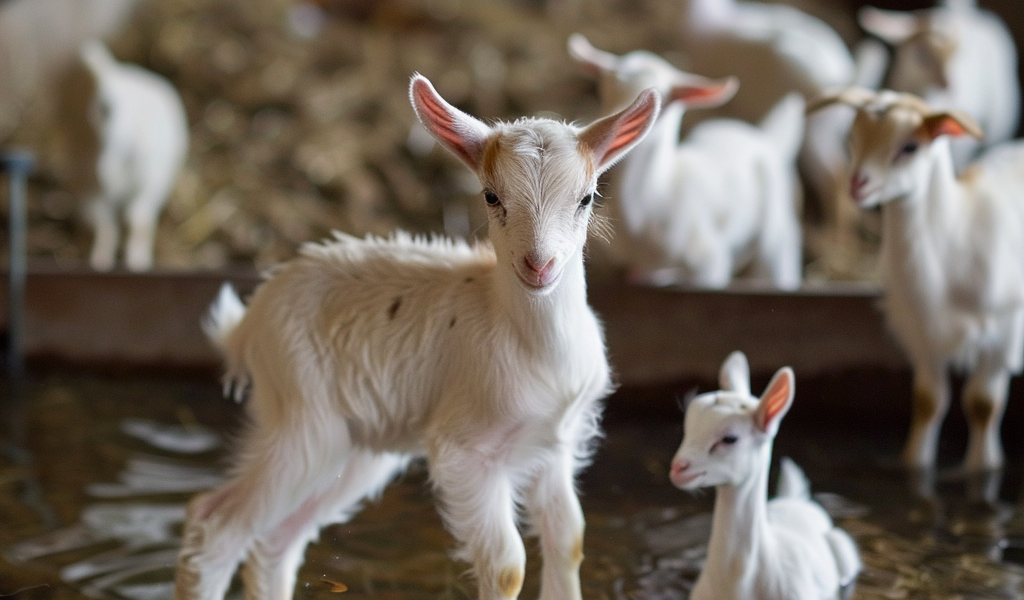The Minnesota Board of Animal Health (MBAH) has reported the first detection of highly pathogenic avian influenza (HPAI) in livestock in the United States. The virus was found in a baby goat on a farm where an outbreak had recently been identified in poultry, marking the first instance of HPAI in livestock in the country.
The farm, located in Stevens County in west-central Minnesota, is currently under investigation by health officials, including the US Department of Agriculture (USDA), to determine the transmission of the virus. All species on the farm have been placed under quarantine following the discovery of the HPAI in the baby goat.
According to Minnesota state veterinarian Brian Hoefs, DVM, the finding is significant as it highlights the potential for the virus to infect other animals on farms with multiple species. Although research has indicated that mammals are unlikely to further spread HPAI, the detection in livestock raises concerns about the possibility of transmission beyond poultry.
The detection in the goats came after the farmer observed unusual deaths in newborn goats following the culling of poultry as part of the response to the February outbreak. The goats and poultry shared the same space and water source, leading to the testing of the goats at the Minnesota Veterinary Diagnostics Laboratory, where influenza A was identified. Subsequent tests at the USDA’s National Veterinary Services Laboratory confirmed the presence of H5N1, the same virus circulating in wild birds and poultry in various countries, including the United States.
The United States Department of Agriculture reported the detection to the World Organization for Animal Health (WOAH), providing additional details about the findings. The report revealed that the goats at the farm began to kid shortly after the depopulation of the poultry, resulting in the deaths of ten goats, ranging from 5 to 9 days old. Further testing identified H5N1 in brain and tissue samples from five goat kids, belonging to clade 2.3.4.4b. Genomic sequencing indicated a high relatedness between samples from the first goat and the poultry on the farm.
The MBAH emphasized that highly pathogenic avian influenza has also been found in other mammal species, such as skunks, dogs, and cats. However, animals with weakened or immature immune systems, like the newborn goats, are at a higher risk of contracting the disease. As a response, the Minnesota Department of Health is monitoring individuals who had contact with the goats and has issued recommendations for the use of personal protective equipment in that setting.
The detection of HPAI in livestock raises concerns about the potential impact on animal health and the need for enhanced surveillance and biosecurity measures to prevent further spread of the virus. The findings underscore the importance of ongoing monitoring and research to better understand the transmission and impact of avian influenza in diverse animal populations.





